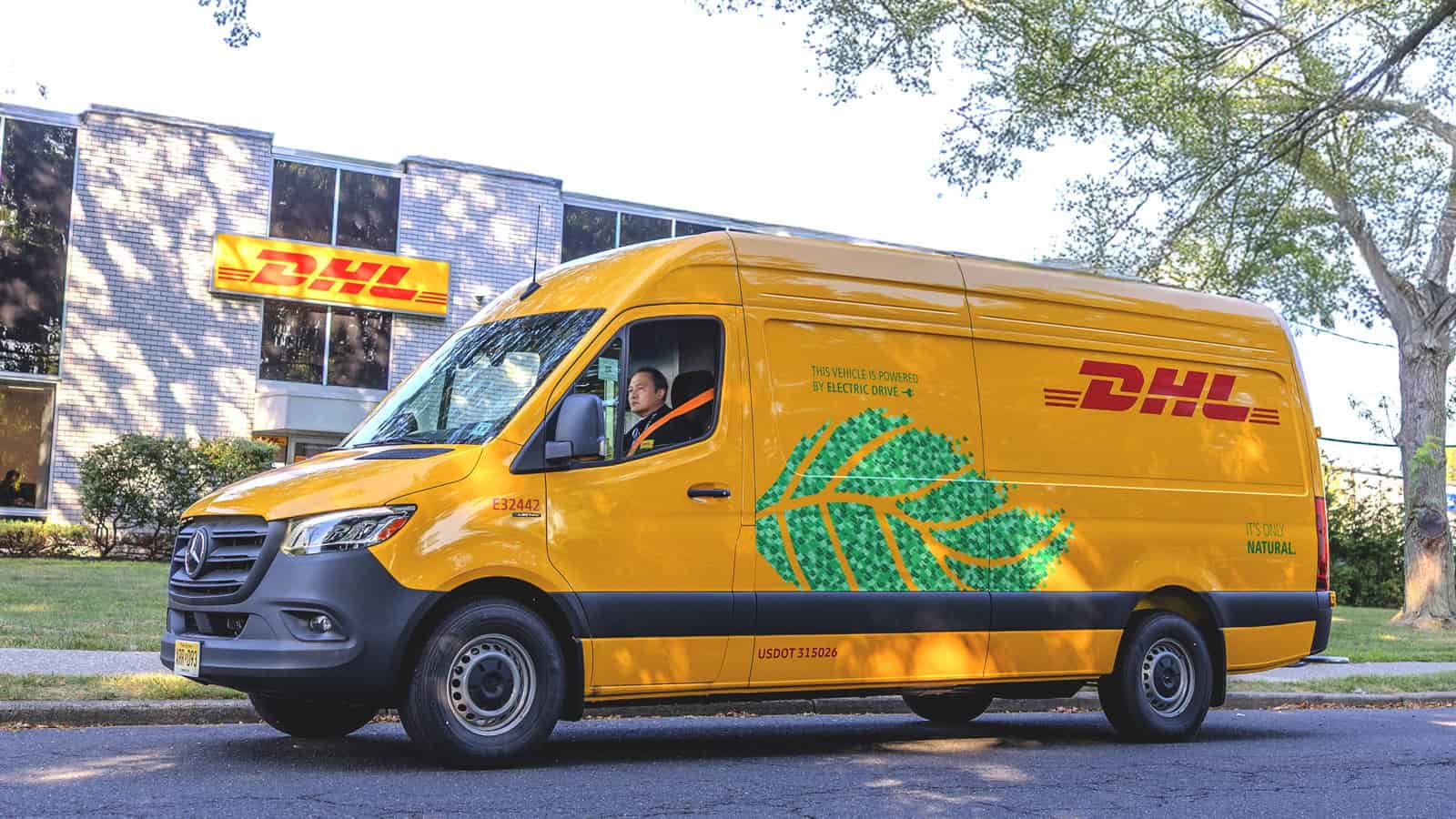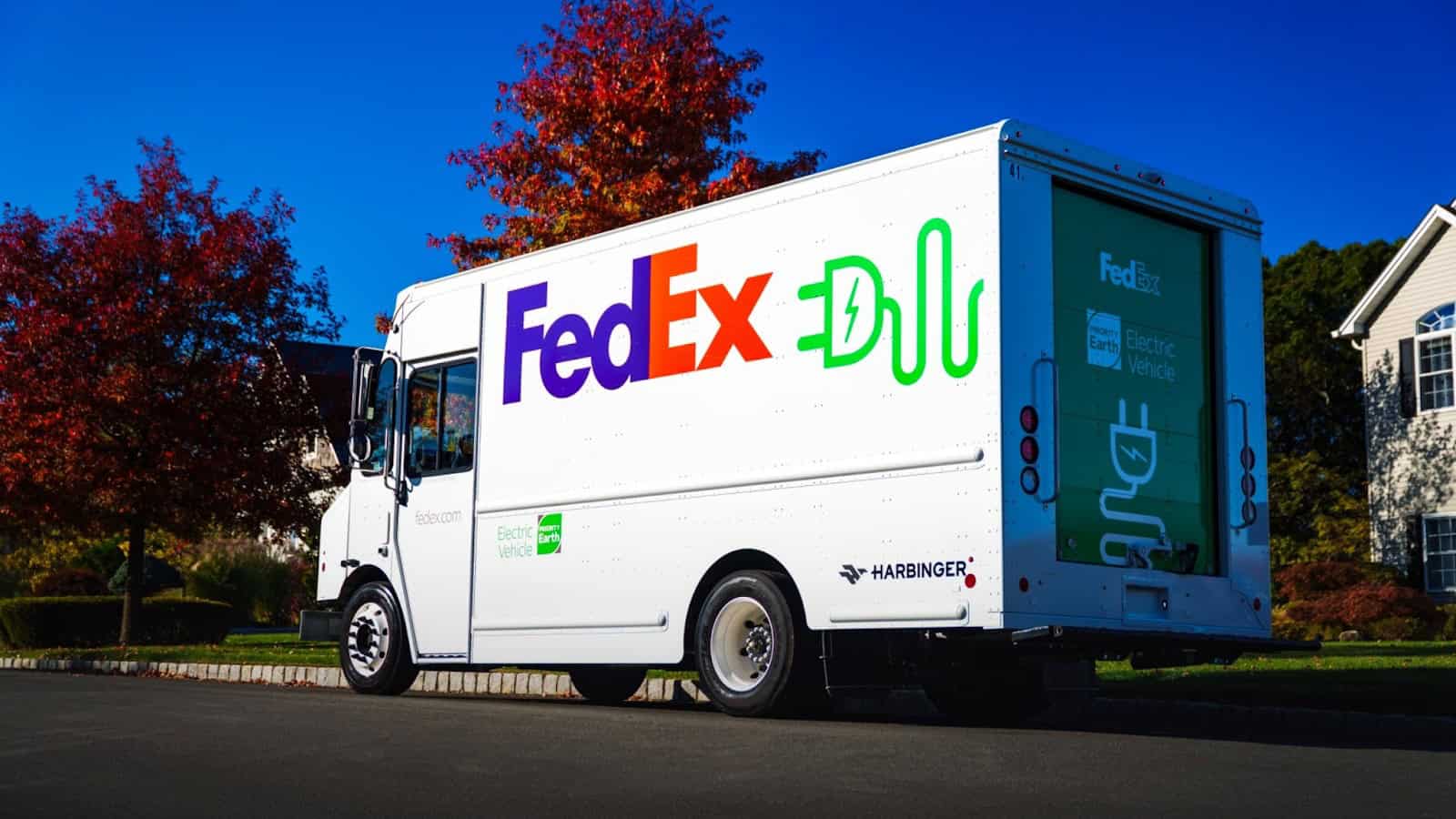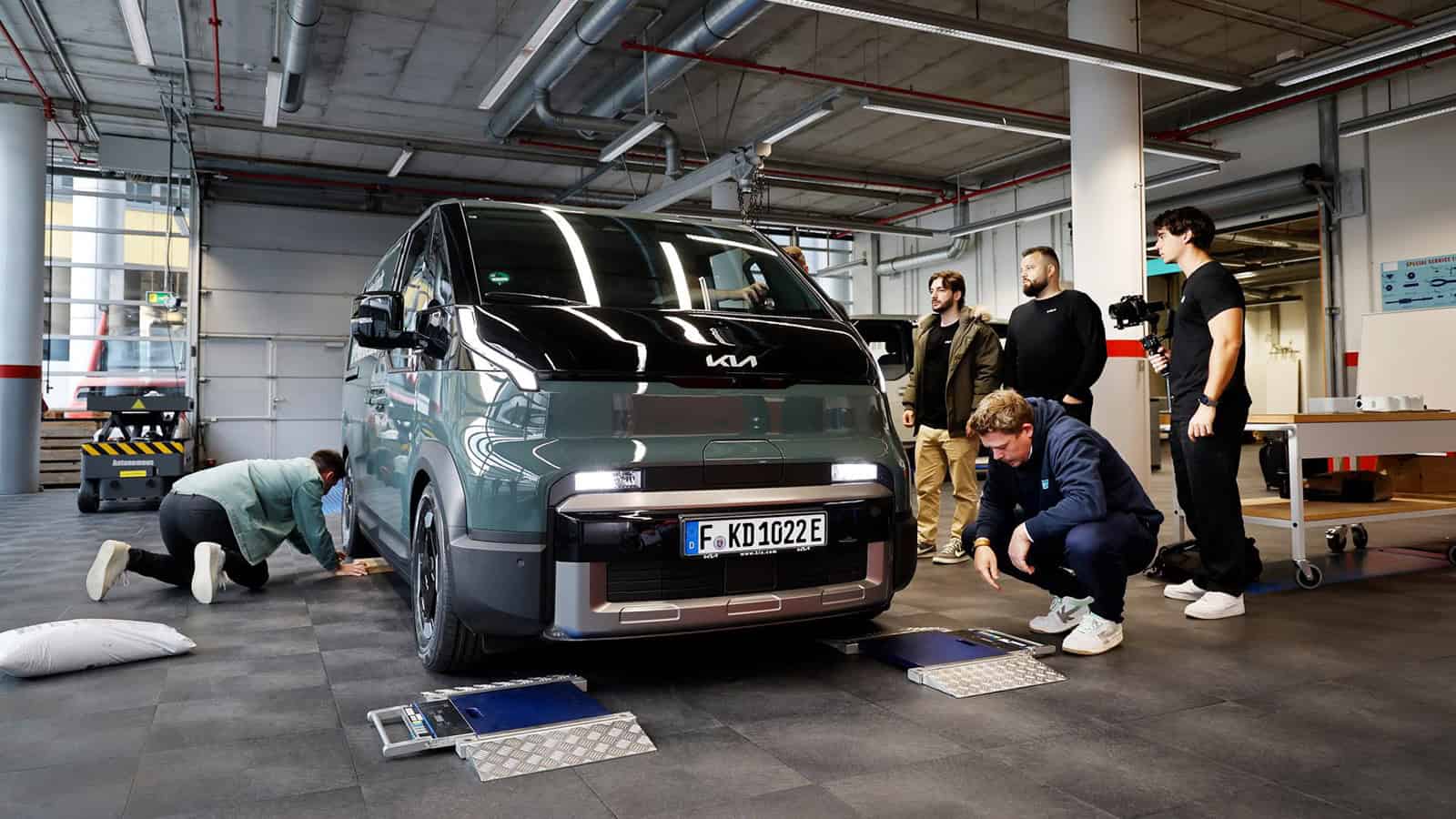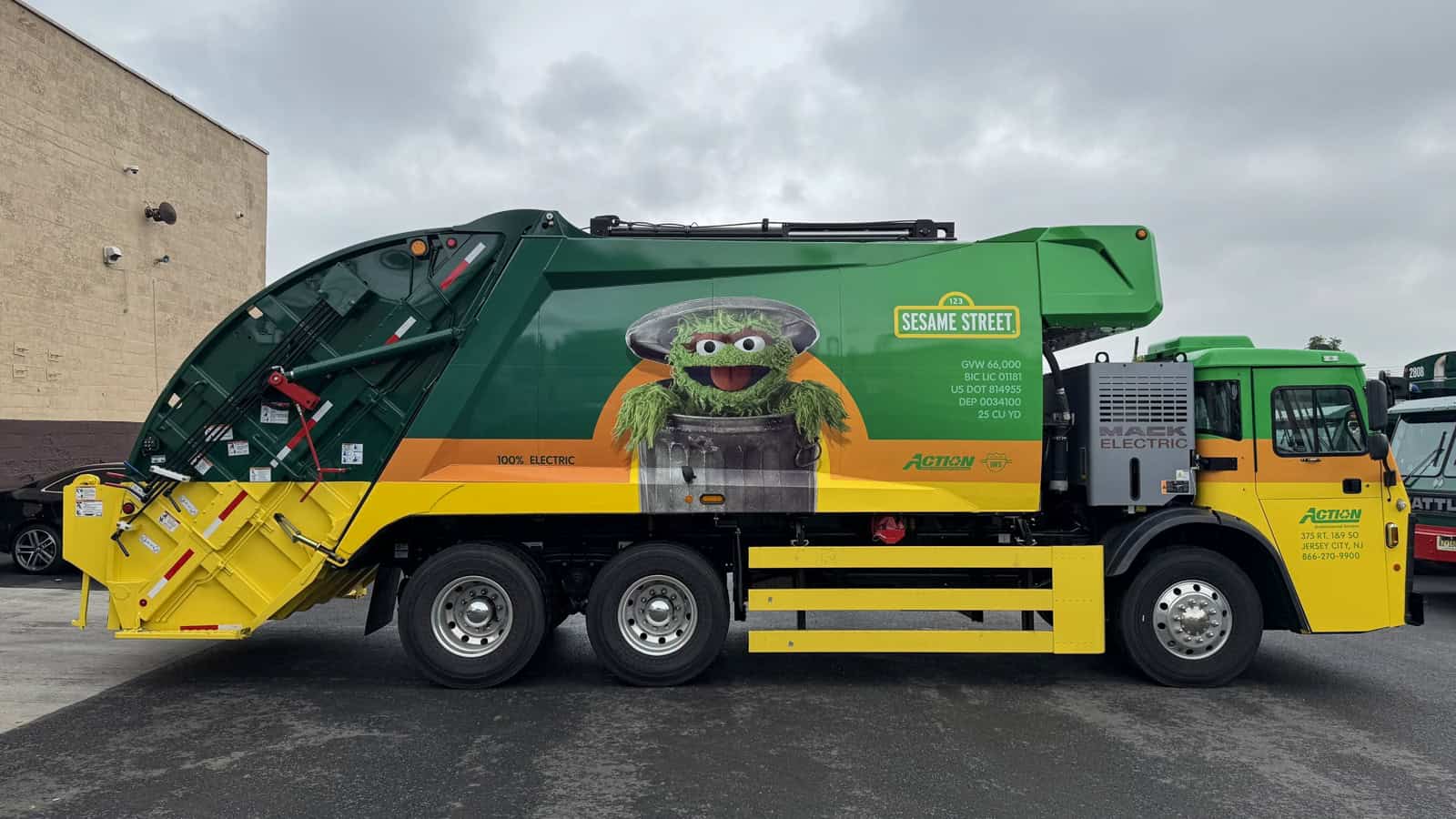- DHL Express has deployed 45 all-electric Mercedes-Benz eSprinter vans in the U.S. for the first time.
- Although the manufacturer’s range estimate is 206 miles, DHL reports real‐world use exceeding 240 miles.
- These vans are supported by on-site charging infrastructure and align with DHL’s goal to electrify 66 % of its last-mile delivery vehicles by 2030.
ADVERTISEMENT
Can a delivery truck really drive over 240 miles on a single charge and carry the same load as its diesel cousin? Apparently yes.
DHL Express just rolled out 45 all-electric Mercedes-Benz eSprinter vans across its U.S. pickup and delivery routes. It’s the first time this global collaboration has made its way stateside, and honestly, it feels like the start of something pretty impactful for urban logistics.
Across the globe, DHL already runs over 10,000 eSprinter vans as part of its delivery fleet. Now the U.S. joins in with 45 of its own, ready to roll through busy hubs like Chicago, Indianapolis, Pittsburgh, Elizabeth, and Moonachie.
ADVERTISEMENT
Mercedes-Benz rates the eSprinter at around 206 miles per charge, which sounds decent for city routes. But DHL drivers are consistently logging over 240 miles in real-world, stop-and-go delivery runs. That’s the kind of performance that changes how you think about range. In the constant rhythm of starting, stopping, idling, loading, and unloading, that extra mileage gives drivers a lot more breathing room than anyone expected.
And alongside that range, the eSprinter brings full cargo capacity (no compromise on payload) and the same high-utilization logistics performance that DHL needs. So it covers the heavy duty of volume and reliability while delivering without tailpipe emissions.
“Electrifying our fleet is one of the most visible and impactful ways we are moving toward a more sustainable future,” said Greg Hewitt, CEO of DHL Express U.S. “The Mercedes-Benz eSprinter brings an extended range and proven cargo capabilities that allow us to serve our customers with zero emissions, while also advancing our global goal of more sustainable logistics. These vehicles not only strengthen our operations in major U.S. cities but also set the stage for future electric fleet growth across the Americas.”
ADVERTISEMENT
“The eSprinter represents the next generation of electric mobility for commercial fleets – combining range, cargo capacity, and reliability in a way that meets the demands of modern logistics,” mentioned Jee-Seop Kim, Managing Director of Mercedes-Benz Vans North America. “We’re proud to see our partnership with DHL Express expand into the U.S., where the eSprinter’s performance and versatility will support their high-efficiency operations.”
From an infrastructure perspective the company hasn’t left anything to chance. DHL has installed on-site charging infrastructure at facilities in those five markets so drivers can recharge conveniently between routes. That means vehicle uptime remains high and operational reliability stays intact.
DHL isn’t doing this just for good press. The company has a clear target in place, to have two-thirds of its last-mile delivery vehicles running on electricity by 2030. So, these 45 new vans? They’re the early building blocks of something much larger in motion.
ADVERTISEMENT
So what does this actually mean in practice? Delivery companies are starting to treat electric vans as real workhorses now, not side projects. With the right mix of range, cargo space, and reliable charging access, the performance gap between electric and traditional gas or diesel vans is shrinking fast.
For anyone waiting on packages, that means quieter neighborhoods, cleaner air, and fewer fuel stops in sight. You’ll spot these vans gliding through busy downtown streets where chargers are nearby, and before long, they’ll be managing longer routes that used to belong only to combustion engines.
ADVERTISEMENT
Working in events and media means juggling tight deadlines, tricky messaging, and public expectations around sustainability. So watching a company like DHL pull off a rollout like this really gets my attention. It does two things. First, it tells other fleet operators that electric vans are not just a nice idea but they actually work. Second, it nudges cities and facility managers to speed up building charging stations, because when big players make the switch, the rest of us run out of excuses.
Still, there are a few questions hanging in the air. How will the overall cost of owning these vans play out over time, considering battery life, upkeep, and energy costs? How do fleet managers blend electric models into routes already dominated by diesel vehicles without slowing operations? And can city power grids handle the extra demand once dozens of vans plug in at once?
Some of these concerns already have partial answers, but the long-term results will tell the full story.
ADVERTISEMENT

IMAGES: DHL
FTC: We use income-earning auto affiliate links. Learn more.











